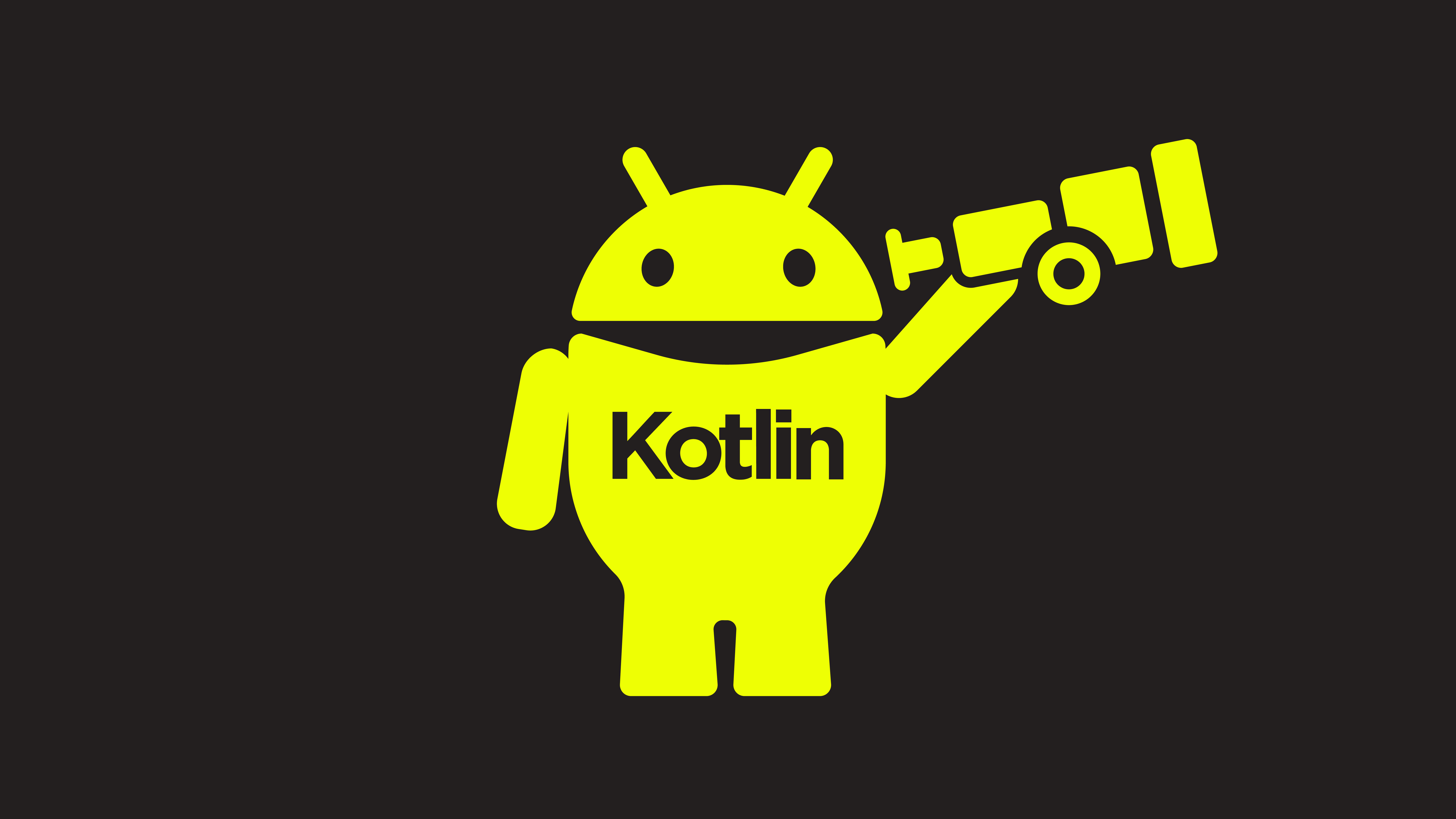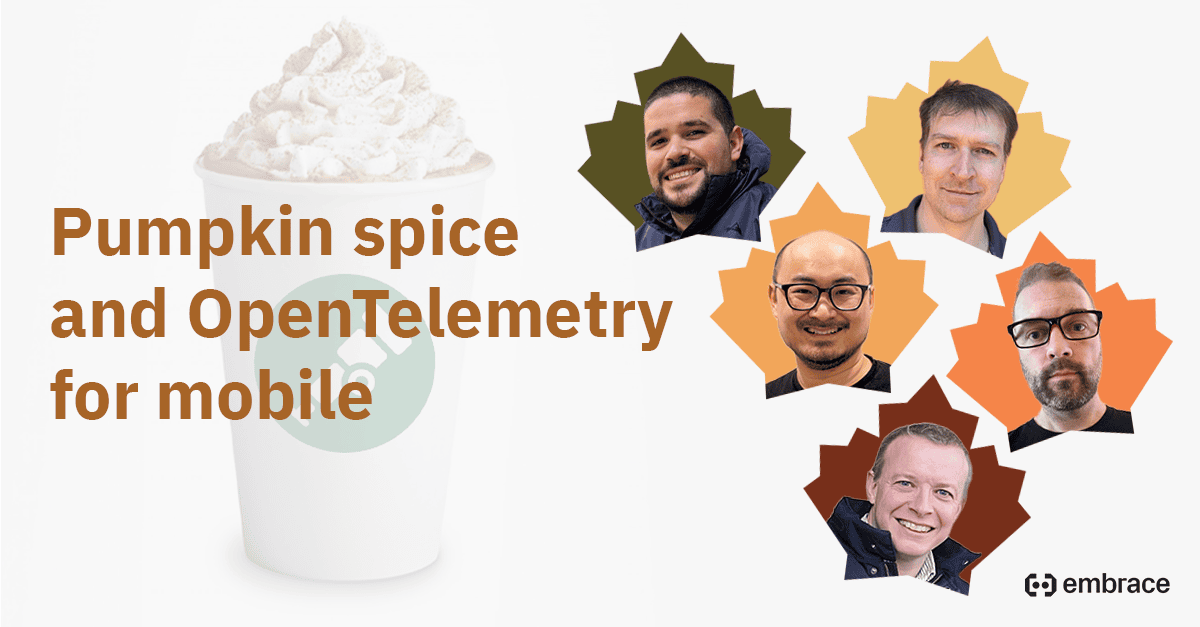
Kotlin Multiplatform (KMP) allows running Kotlin code on many different platforms, such as browser, server, and desktop environments. Traditionally, Kotlin has been most popular on Android and the Java Virtual Machine (JVM), but with the advent of KMP the number of folks using it to share code between different platforms has been steadily growing.
Embrace has opened a proposal to donate a Kotlin implementation of the OpenTelemetry specification that can be used in KMP projects. This would allow KMP and Kotlin projects to capture telemetry using one API for many different platforms. The API has been designed to remain as platform-agnostic an implementation of OpenTelemetry as possible and attempts to be as mobile-friendly as possible for the important Android/iOS use case.



